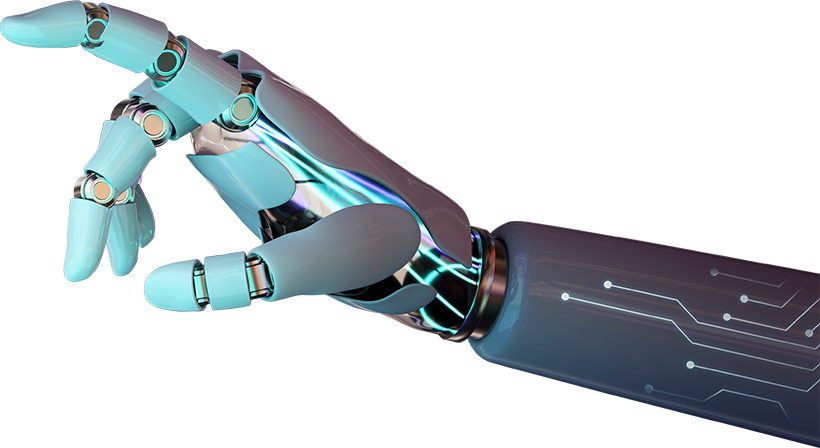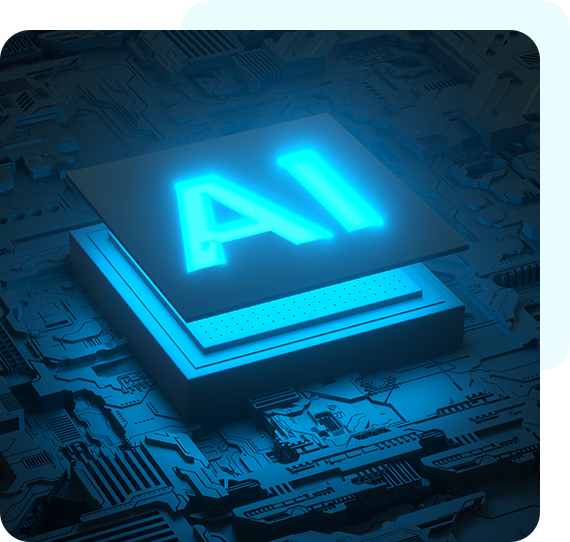
Artelligence AI
HomeArtelligence AI



Artificial intelligence is playing a transformative role in special education by providing personalized learning experiences and innovative accessibility solutions for students with disabilities. Traditional education systems often struggle to meet the unique needs of students who require specialized assistance, but AI-powered technologies are bridging this gap. From adaptive learning platforms to real-time assistive tools, AI is making education more inclusive, ensuring that every student, regardless of their physical or cognitive challenges, has access to high-quality learning opportunities.
One of the most impactful applications of AI in special education is speech-to-text and text-to-speech technologies. Students with hearing impairments can benefit from AI-powered transcription tools that convert spoken words into written text in real-time, allowing them to follow along with lectures, discussions, and classroom interactions more effectively. Similarly, text-to-speech tools are invaluable for students with dyslexia, visual impairments, or other reading disabilities, as they can listen to educational materials rather than relying solely on text-based learning. AI-driven solutions such as Google Speech-to-Text, Microsoft Immersive Reader, and Apple's VoiceOver are making digital content more accessible to diverse learners.
Another key area where AI is revolutionizing special education is through adaptive learning systems. Traditional educational methods often follow a one-size-fits-all approach, which can be ineffective for students with learning disabilities such as ADHD, autism spectrum disorder (ASD), or cognitive impairments. AI-driven platforms, however, analyze each student's progress, learning style, and challenges to provide customized learning paths. These platforms adjust the complexity of lessons, pace of instruction, and type of content based on the student's needs, ensuring that they receive a personalized educational experience that maximizes their understanding and retention of information. AI-powered platforms like DreamBox, Carnegie Learning, and Knewton use machine learning algorithms to continuously assess students’ performance and adapt lessons accordingly, providing them with the support they need to excel.
AI also plays a significant role in real-time captioning and subtitles, which are crucial for students with hearing impairments. AI-powered tools like Ava, Otter.ai, and Google's Live Caption generate accurate, real-time subtitles for videos, lectures, and discussions, allowing deaf and hard-of-hearing students to engage fully with educational content. This technology not only benefits students with hearing impairments but also assists students who are learning in a second language, helping them grasp concepts more effectively. AI-generated captions ensure that no student is left behind due to communication barriers.
For students with visual impairments, AI-powered computer vision and object recognition technologies provide significant assistance. Applications such as Microsoft’s Seeing AI and Be My Eyes use AI to describe surroundings, read printed text aloud, and even recognize faces and emotions. These tools help visually impaired students navigate both physical and digital environments, enabling them to access books, classroom materials, and real-world objects with greater independence. Additionally, AI-driven braille conversion tools can translate text into braille in real time, ensuring that visually impaired students have access to the same educational resources as their peers.
AI-powered chatbots and virtual assistants are also making a difference in special education by providing instant academic support and guidance. These intelligent systems can answer students’ questions, provide explanations, and even offer emotional support for those who struggle with anxiety or social interactions. AI-driven assistants like IBM’s Watson Tutor and Google Assistant can guide students through coursework, reinforce concepts, and help them manage their learning schedules. For students with autism or social communication challenges, AI chatbots serve as non-judgmental conversational partners, helping them develop communication skills and build confidence in social interactions.
Beyond direct classroom applications, AI is also improving teacher support and intervention strategies. AI-driven analytics can track student progress, identify learning difficulties, and alert educators to potential areas where students need additional support. This allows teachers to tailor their instruction and interventions more effectively. By analyzing patterns in student performance and engagement, AI can help teachers develop individualized education plans (IEPs) that cater to the specific needs of students with disabilities, ultimately improving educational outcomes.
AI is also helping students with mobility impairments by enhancing accessibility through voice-controlled and gesture-based interfaces. Smart home technologies, AI-driven wheelchairs, and assistive robotics are enabling students with physical disabilities to interact with learning materials more easily. For example, AI-powered systems can allow students to navigate digital textbooks using voice commands, dictate written assignments, or control a computer cursor through eye-tracking technology. These innovations empower students with limited physical mobility to participate in educational activities more independently.
Another emerging application of AI in special education is emotion recognition technology, which can support students with social or emotional challenges. AI can analyze facial expressions, tone of voice, and body language to determine a student’s emotional state and provide real-time feedback to teachers. This is particularly useful for students with autism who may struggle with recognizing and expressing emotions. AI-powered tools like Affectiva and Noldus can help educators and parents understand students’ emotional responses, allowing for better communication and social development.
Despite the many benefits of AI in special education, there are still challenges to address. Ethical concerns, such as data privacy and bias in AI algorithms, need to be carefully managed to ensure that AI solutions are fair and effective for all students. Additionally, the integration of AI in classrooms requires adequate teacher training and technological infrastructure to maximize its potential.
As AI technology continues to evolve, its impact on special education will only grow. AI is not just making learning more accessible but also transforming the way education is delivered, creating opportunities for students who previously faced significant barriers in traditional classrooms. By leveraging AI-powered solutions, educators can create more inclusive learning environments where every student, regardless of their abilities, has the chance to succeed.
In the future, we can expect AI to further revolutionize special education through innovations like brain-computer interfaces (BCI), which could enable students with severe disabilities to interact with digital content using only their thoughts. Additionally, AI-driven holographic teachers and virtual reality (VR) classrooms could provide immersive learning experiences tailored to each student’s unique needs.